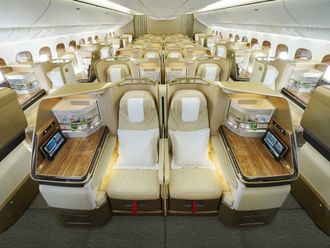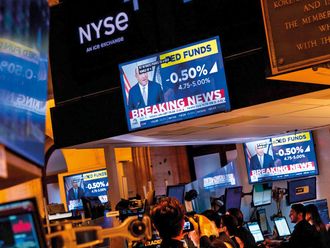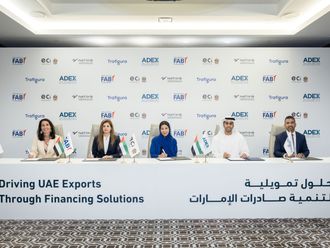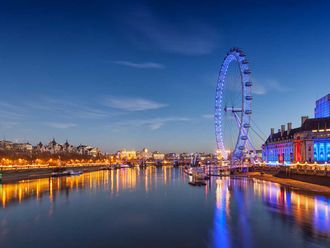In a rather surprising move, Moody's Investor Services downgraded Bahrain's sovereign rating and provided a negative outlook of the country's financial services sector. Arguably, Moody's decision last week to downgrade Bahrain's sovereign rating by a notch from A2 to A3 is based on valid reasons. Amongst others, the country's break even budget price has increased from $30 per barrel in 2004 to $80 per barrel in 2008. This level of average oil price leaves Bahrain with little flexibility, as it is already above going rates in international markets.
The sharp rise in the break even budget oil price reflects sustained rise in governmental spending, ostensibly for understandable causes. For instance, actual fiscal spending grew from $5.4 billion in 2008 to $5.7 billion in 2009. In fact, this was necessary to help offset adverse effects of the global financial crisis at the time of declining interest on the part of private investors. Thus, growing public spending could only occur at the cost of rising projected budgetary shortfall, hence the need for a relatively high break even budget oil price.
Trouble is Bahrain's economy is uniquely dependent on petroleum for its well-being. The petroleum sector contributes three quarters of the treasury revenue, hence further adding restraints on fiscal flexibility.
Unfortunately, the country's efforts to diversify sources of income away from the petroleum sector are yet to produce meaningful results. Case in point is losses of $485 million in 2009 sustained by Bahrain Mumtalakat Holding Company. Mumtalakat as it is known serves as Bahrain's sovereign fund by virtue of running government investments outside the petroleum sector.
Concurrently, the authorities are yet to succeed in their efforts to impose corporate tax. The scheme proved controversial from the very onset in 2009 for a valid reason, namely restricting net profits earned by foreign firms operating in the country.
Another restraint on Bahrain's rating relates to concerns of exposure of banks to weak domestic and regional real estate sectors. This concern reflects that large number of borrowers used properties as collateral against borrowing funds. Yet, market values of properties in local and regional markets remain under sustained downward pressures due to poor demand.
Adding to the worrisome is limited available cushion to deal with potential liabilities arising from the financial services sector. To be sure, the consolidated balance sheet of all banks operating in Bahrain, both retail and wholesale stands at a hefty $222 billion. By comparison, the value of Bahrain's sovereign assets reportedly amounts to nearly $12 billion.
Still, assets of the banking sector are considerably higher than that of the country's gross domestic product (GDP). More specifically, Bahrain's GDP stood at $21.8 billion and $12.5 billion in current and constant prices, respectively. The difference reflects changing oil prices besides inflationary pressures over the last few years.
Moreover, Bahrain's banking industry is facing growing regional rivalry notably from Dubai International Financial Centre (DIFC) and King Abdullah Financial District (KAFD) in Riyadh. Already, DIFC is serving as a main source of finance in the region.
Yet,construction of KAFD started in 2007 with completion of the first phase likely towards end-2010. The project is being developed on a site comprising 1.6 million square metres in a northern part of Riyadh. By comparison, London's Canary Wharf is built over an area of 345,000 square metres. Upon completion, KAFD would house all state entities dealing with financial matters including the stock exchange.Your author took a first-hand account of KAFD last June.
All told, officials cannot afford overlooking implications of Moody's latest report on Bahrain partly amidst growing rivalry for regional supremacy of financial services hub.
The writer is the head of Economic Research Unit, University of Bahrain












